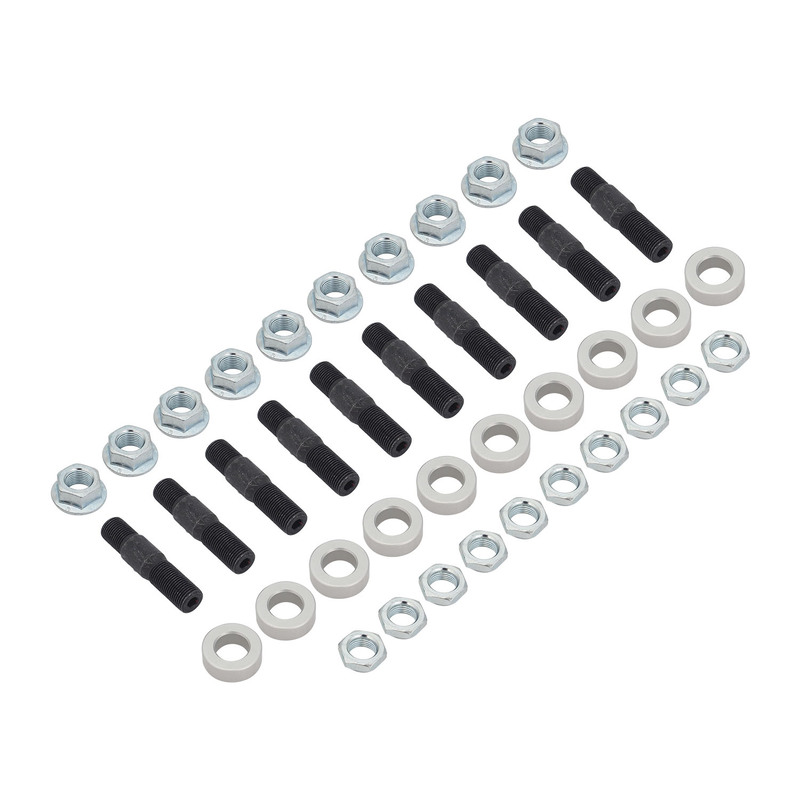Toyota i-ROAD premieres at Geneva
Like the Dutch-built 'Carver 1,' BMW's 'CLEVER' concept from 2009, and a number of other motorcycle-inspired city commuters, the i-ROAD tilts into corners for greater manoeuvrability.
In development since mid-2010, Toyota call their take on this tilting manoeuvrability 'Active Lean' technology, with the difference being that the i-ROAD automatically balances the vehicle when cornering or travelling over stepped surfaces. Toyota's concept also differs in that the two wheels are at the front, rather than the rear, and move with the lean of the cabin.
Toyota claim that Active Lean makes the i-ROAD safe, intuitive and enjoyable to drive, and removes the need for driver or passenger to wear a helmet.
Unlike the Volkswagen X1 eco-car that was also unveiled at Geneva, the i-ROAD is strictly a concept at this stage, part of Toyota's future plans for a range of eco cars.
Toyota is paving the way for several types of eco car to co-exist in the future, by adapting its Hybrid Synergy Drive technology for use in plug-in hybrid electric vehicles, electric vehicles and fuel cell vehicles.
The ultra-compact, three-wheel i-ROAD measures 2,350mm long and 1,445mm high and has a 1,700mm wheelbase. At only 850mm, the i-ROAD is no wider than a conventional two-wheeler. Not only does this make for easy manoeuvring through congested traffic, it also means four can be parked in a single parking bay.
The zero-emissions, all-electric powertrain uses a lithium-ion battery to power two 2kW motors mounted in the front wheels, giving brisk acceleration and near-silent running.
The battery can be fully recharged from a conventional domestic power supply in three hours.
Toyota's new and entirely intuitive Active Lean technology is the key to i-ROAD's high levels of stability, safety, comfort and fun-to-drive character.
The system uses a lean actuator and gearing mounted above the front suspension member, linked via a yoke to the left and right front wheels.
An ECU calculates the required degree of lean based on steering angle, gyro-sensor and vehicle speed information, with the system automatically moving the wheels up and down in opposite directions, applying lean angle to counteract the centrifugal force of cornering.
The system also operates when the i-ROAD is being driven in a straight line over stepped surfaces. The actuator automatically compensates for changes in the road to keep the body level. The minimum turning circle is just three metres.
No special skills are needed to pilot i-ROAD; the Active Lean system offers a unique driving experience with the enjoyment of riding a two-wheeler, but with no need for the driver to stabilise the vehicle when manoeuvring at low speed, or when stationary.
The fully weatherproof, closed body allows for a more car-like environment, with Toyota adding there's potential for features such as lighting, heating, audio and Bluetooth to be provided.
The new Toyota i-ROAD - with its compact size, manoeuvrability, easy parking, rapid charging and choice of an open or closed cabin - makes it an ideal urban vehicle, designed to reduce congestion and carbon dioxide, oxides of nitrogen and particulate emissions without compromising individual freedom of mobility.
Toyota i-Road Main Specifications
Length: 2,350 mm
Width: 850 mm
Height: 1,445 mm
Wheelbase: 1,700 mm
Kerb weight (empty): 300 kg
Tyre size
Front: 80/80R16
Rear: 130/70R10
Seating: 2
Minimum turning radius: 3.0 m
Powertrain: Electric motors (2 kw × 2 units)
Maximum speed: 45 km/h
Driving range: 50 km*
Battery type: Lithium-ion
*Target distance when travelling at a fixed speed of 30 km/h.
Toyota were undertaking driving demonstrations of the i-ROAD at Geneva, with the concept tipped to feature at other motor shows throughout 2013.


















